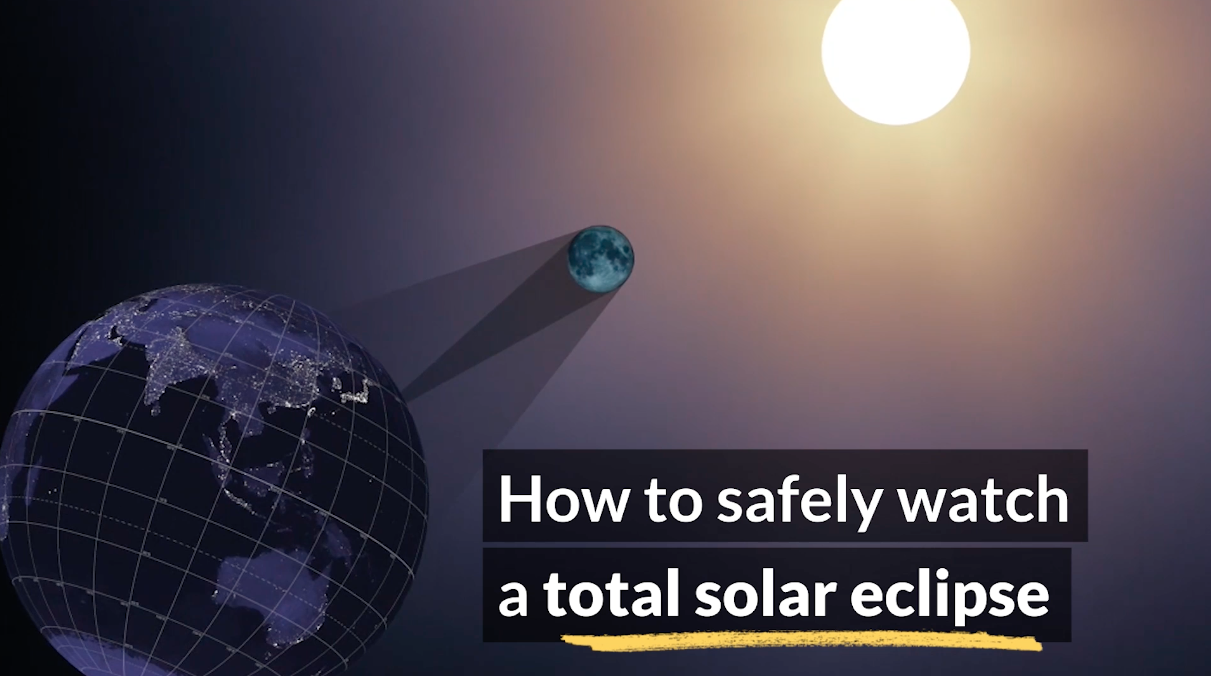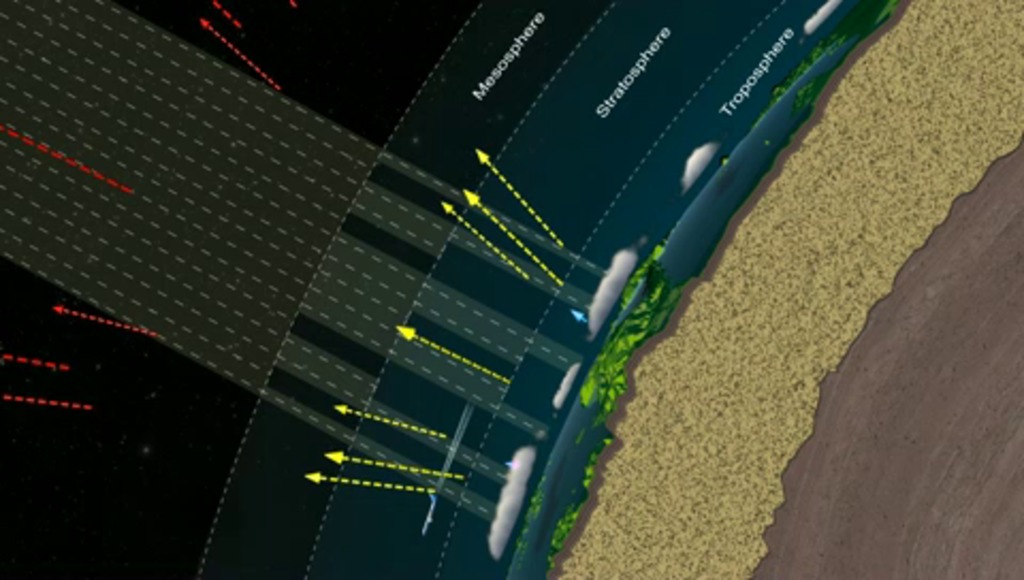A New View of August's Total Solar Eclipse
During the August 2017 total solar eclipse, scientists will use the Earth Polychromatic Imaging Camera (EPIC) on the Deep Space Climate Observatory (DSCOVR) satellite, along with measurements taken from within the moon's shadow on the ground, to test a new model of Earth's energy budget.

During the eclipse, scientists will take ground measurements in Casper, Wyo. and Columbia, Mo.

DSCOVR's Earth Polychromatic Imaging Camera (EPIC) will capture images similar to this one from the Lagrange 1 point, about a million miles away from Earth.
Credits
Please give credit for this item to:
NASA's Goddard Space Flight Center
-
Producer
- Kathryn Mersmann (USRA)
-
Writer
- Kasha Patel (Wyle Information Systems)
-
Narrator
- Kasha Patel (Wyle Information Systems)
-
Editor
- Rani Gran (NASA/GSFC)
-
Scientist
- Jay Herman (NASA/GSFC)
Release date
This page was originally published on Thursday, July 20, 2017.
This page was last updated on Wednesday, May 3, 2023 at 1:47 PM EDT.






